Tips for removing oil stains from clothing
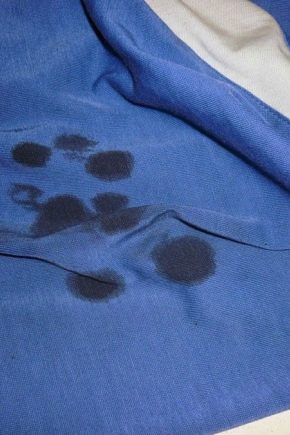
Perhaps every woman is faced with the problem of removing difficult stains from clothes. The hardest thing is for those whose husbands deal with cars or complex mechanisms, because it is motorists, boilermakers, engineers who regularly encounter all kinds of oils, paints and chemicals in their work. Oil stains are the worst to wash.

What it is?
In order to understand how to most effectively overcome oil stains, you must first understand what it is. Fuel oil is a product of oil refining. It appears as a result of the boiling of petroleum products, such as gasoline, at temperatures above 350 degrees. This is a thick substance of dark, almost black color, consisting of burning, ash, soot and fats. It is due to the high fat content of this substance that stains from it are strongly eaten into the fabric and are very difficult to wash.
In addition, even the slightest drop that has fallen on clothing can spread over a fairly large area of fabric. It is also worth paying attention to the fact that fuel oil can quite severely damage the structure of the fibers, corrode them.
There is a possibility that even after a successful wash, the fabric will differ in color, structure, or its wear resistance will decrease in the place where the stain was.
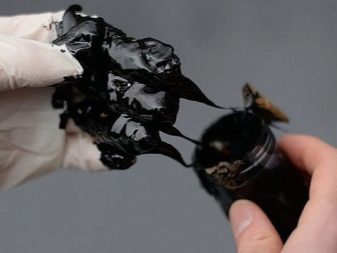

Helpful Hints
Before you start cleaning, you need to learn a few more curious and very important facts about fuel oil pollution:
- Sulfur, sulfuric acid and silicates may be present in the fuel oil, so cleaning should be done only with rubber gloves, moreover, this will protect delicate skin from exposure to household chemicals.
- An interesting fact is that it is much more difficult to clean the oil from the front side of the fabric than from the wrong side, so you should turn the product inside out before starting work.
- In order to prevent the stain from leaking onto the next layer of fabric during cleaning (if, for example, we are talking about a sleeve or trouser leg), it is worth placing gauze folded in 5-6 layers under it.
- It is necessary to take into account the fact that stains from fuel oil are almost impossible to remove by rubbing the fabric against itself - this will lead to the erosion of the stain over a larger area. It is better to use a soft brush for this or rub with another, unnecessary cloth, while the cloth should be changed regularly, and the brush should be washed under hot water.


- When wet, the oil stain may continue to spread over the surface of the fabric, so it is advisable to use as little liquid as possible in the initial stages of cleaning.
- It is important to clean from the edge of the stain to its center - this will also prevent the increase in contamination.
- In the final stages, it is worth paying special attention to the contour of the spot. In order to hide it 100%, you need to grind the contour as much as possible, stretch it over the surface of the fabric. This should be done at the very end of mechanical cleaning, after which it is necessary to wash the product in the washing machine.
- If alcohol, acetone, solvent or fuel will be used for cleaning, it is worth trying the product in an inconspicuous place on the surface of the product.So you can protect the thing from changes in color.

- In addition, when working with strong chemical materials, it is worth remembering their flammability and staying away from open flames.
- You can make the task much easier if you blot a fresh stain with a tissue or toilet paper. If at the same time it is also heated, then most of the fat will be absorbed into the paper.
- When using solvents or other strong chemicals, it is necessary to thoroughly wash the product, and then dry it outside or on a balcony (in a well-ventilated place) so that the vapors and odors of alcohol, acetone or other reagents disappear.

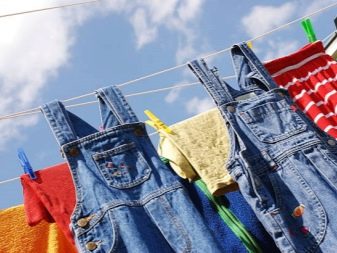
Funds
Advertisements for modern laundry detergents often promise miraculous results on even the most stubborn stains. Blood, juice, coffee - all this and many other stains can be painlessly removed with ordinary powder, but even the highest quality stain remover can hardly cope with fuel oil. There are only a few really reliable, proven tools that are effective in combating such pollution:
- The first and, perhaps, the most reliable tool is a high-quality dishwashing detergent. Surprisingly, it is it that can quite easily wash the stain of fuel oil. The secret of success lies in the fact that fuel oil is greasy, and good dishwashing detergents dissolve grease easily. The gel will do this especially well, since it is more concentrated.
- Of the funds that are available to everyone and are available in almost every home, ordinary laundry or tar soap can be noted. It is a universal assistant in many situations. It is enough to rub the place of contamination abundantly, hold for 30-40 minutes and wash in the washing machine.However, soap is effective only in the fight against fresh stains; it is unlikely to wash off a dried or old stain.

- Solvents can also help combat this kind of pollution. But you should pay attention to their composition: if it contains acetone, you need to be extremely careful, because it can corrode the color of the fabric.
- Car shampoo works well for oil stains. This tool is designed specifically to deal with such situations, however, this tool is suitable for use on thick, rough fabrics.
- Carpet cleaners may also come in handy. Their main feature is that they have a very light structure, penetrate into the depth of the fabric, corrode the dirt and evaporate. In the case of clothes, after using such a product, washing is still necessary.
- With some stains from fuel oil, ordinary ammonia or eucalyptus essential oil does a good job. These products are well suited for use on delicate and natural fabrics that exclude the use of stronger chemicals.
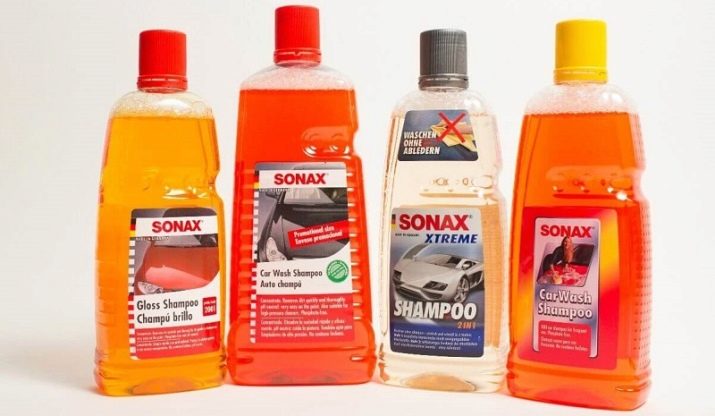
How can you scrub?
Based on the above recommendations, you can easily choose a way to get rid of such an unpleasant situation as an oil stain. It is worth considering a few more important factors that will help you put your favorite things in order without much effort and at home.
From different types of fabric
It is important to remember that there is no universal approach to cleaning different types of fabrics. So, for example, almost any remedy is suitable for dealing with stains on coarse denim. If the stain is small, then an ordinary detergent can easily remove it, but if the stain is extensive, more stringent methods of dealing with it will be needed.
Perfect with jeans the use of solvents, acetone and even refined gasoline or kerosene. It is enough just to apply the selected product to the pollution and leave for an hour. After that, it will be quite easy to wash off with ordinary soap or washing powder. These products can only be used with gloves.


In the case of Bologna, you need to be more careful. To remove a black oil stain from your favorite bologna jacket, you can also use almost all of the above tools, but with great care. You should first try more gentle methods so as not to damage the fabric structure. It is highly undesirable to apply friction on it, because from intense friction, the bologna becomes very thin and can quickly break through.
In addition, it is quite difficult to see the final result on bologna fabric, because it has the property of becoming stained and speckled at the slightest wetness, so washing the entire product will definitely not do here.
The use of flammable products on delicate and natural fabrics such as cotton, linen or wool is strictly unacceptable. It is quite difficult to remove fuel oil from such clothes, because they require careful cleaning.
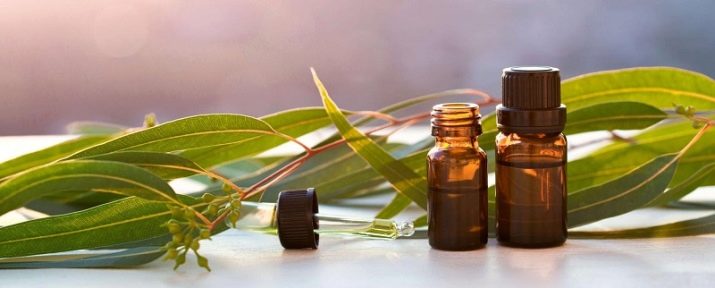
Here only household chemicals and patience will come to the rescue: most likely it will take several washes. It is possible to consider washing with eucalyptus essential oil or ammonia, but even in the case of these means, one must be extremely careful, since delicate tissues can be damaged even by such harmless, at first glance, substances.
From white and colored materials
It is very difficult to say from which scan it is more difficult to remove fuel oil contamination: from white or from color.On the one hand, such a stain is too obvious on a white fabric, but on the other hand, when cleaning colored fabrics, there is a high probability of losing the color of the product. In the case of white fabric, the use of high-quality bleach is quite acceptable: if the stain is small and fresh, there is a high probability that a simple wash with bleach will be enough. In a similar situation with colored fabrics, there is a good chance to cope with a good stain remover.
In the case of colored fabrics, it is very important to carry out a "trial" wash - a test for fading. To do this, apply a small amount of the selected product to an inconspicuous area of \u200b\u200bthe product: this can be the inside of a cuff or collar or any other place hidden from the eyes of strangers, and leave it for a while.

If the fabric has not burned out under the influence of the selected agent, it is quite acceptable to use it in the contaminated zone, but if there is a change in color, it is worth choosing another agent.
From the skin
In the case of leather goods and shoes, things are a little simpler. Due to its dense structure and smooth surface, the skin absorbs fuel oil much less. It is enough to wipe the fuel oil from the surface in a timely manner with an alcohol damp cloth and the problem can be avoided altogether. Leather products are highly undesirable to wash or dry clean, so it is best to minimize the possibility of such contamination.
If the stain is still ingrained and there is a need to remove it, it will come to the rescue car interior cleaner. Car shampoo is designed to deal with this kind of stains, it dissolves grease well and removes burning and soot residues from fuel oil.
However, the frequent use of this tool is unacceptable for leather products, because it penetrates deep into the fabric and can destroy its structure.


You can also consider the option of minimal chemical intervention. To do this, you can try to wash off the stain with laundry soap or alcohol and paint the product with a special leather paint: this option will help not only clean the product, but also update its appearance.
Today, there are many options for dealing with complex stains. The time has long passed when the hostesses were forced to rub and boil clothes for a long time. Today, it is only important to choose the right household chemicals and washing machine for yourself, and you can forget about the fight against stains. Laundry has become something simple, it is no longer the labor of women, even in the case of such difficult stains as oil stains.
In the next video, you will learn about another effective remedy.




























